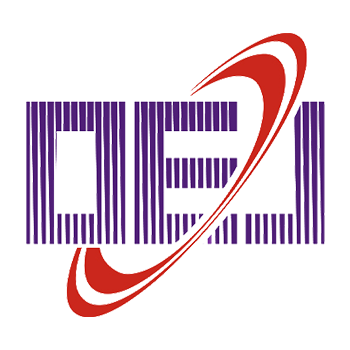-
Abstract
In this paper, a novel four-prong quartz tuning fork (QTF) was designed with enlarged deformation area, large prong gap, and low resonant frequency to improve its performance in laser spectroscopy sensing. A theoretical simulation model was established to optimize the design of the QTF structure. In the simulation of quartz-enhanced photoacoustic spectroscopy (QEPAS) technology, the maximum stress and the surface charge density of the four-prong QTF demonstrated increases of 11.1-fold and 15.9-fold, respectively, compared to that of the standard two-prong QTF. In the simulation of light-induced thermoelastic spectroscopy (LITES) technology, the surface temperature difference of the four-prong QTF was found to be 11.4 times greater than that of the standard QTF. Experimental results indicated that the C2H2-QEPAS system based on this innovative design improved the signal-to-noise-ratio (SNR) by 4.67 times compared with the standard QTF-based system, and the SNR could increase up to 147.72 times when the four-prong QTF was equipped with its optimal acoustic micro-resonator (AmR). When the average time of the system reached 370 s, the system achieved a MDL as low as 21 ppb. The four-prong QTF-based C2H2-LITES system exhibited a SNR improvement by a factor of 4.52, and a MDL of 96 ppb was obtained when the average time of the system reached 100 s. The theoretical and experimental results effectively demonstrated the superiority of the four-prong QTF in the field of laser spectroscopy sensing. -

New website getting online, testing


 E-mail Alert
E-mail Alert RSS
RSS


